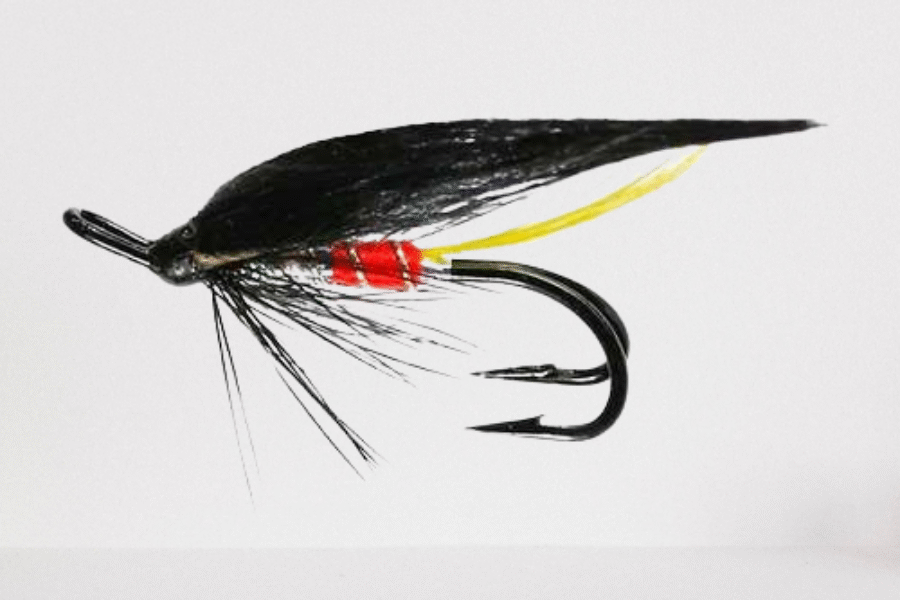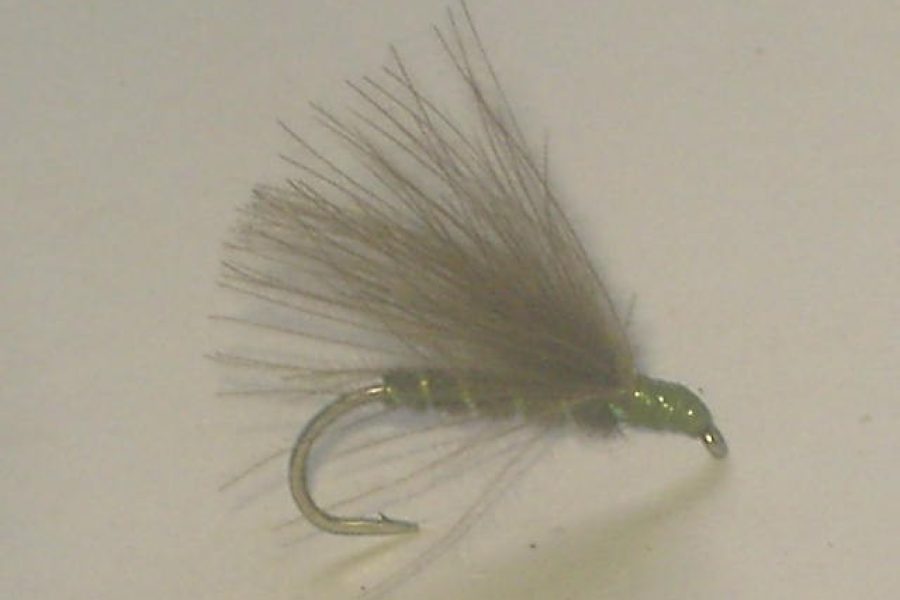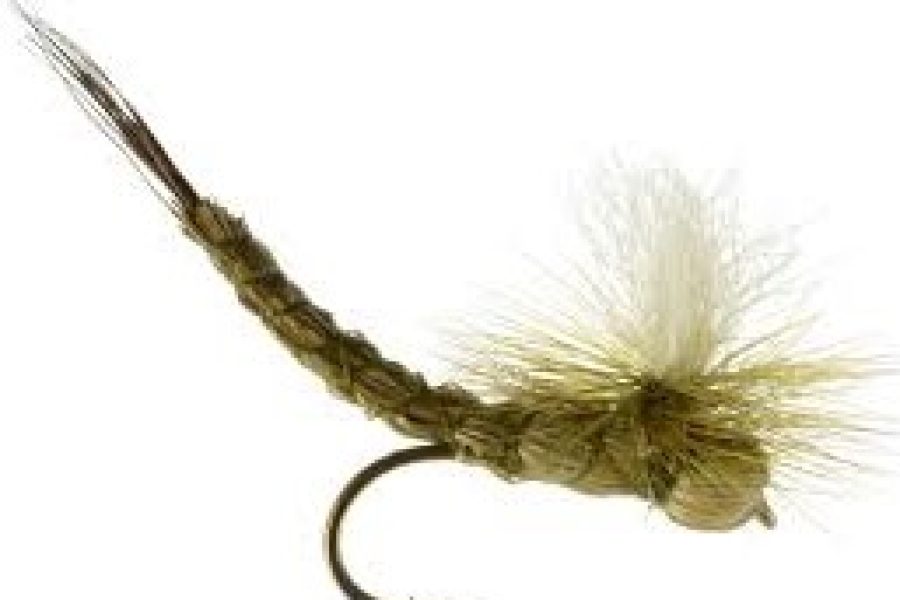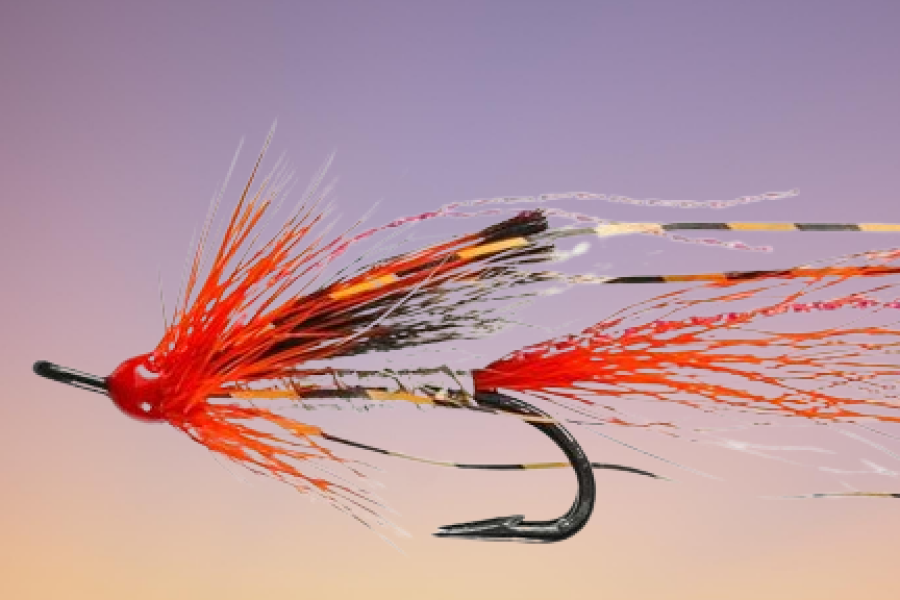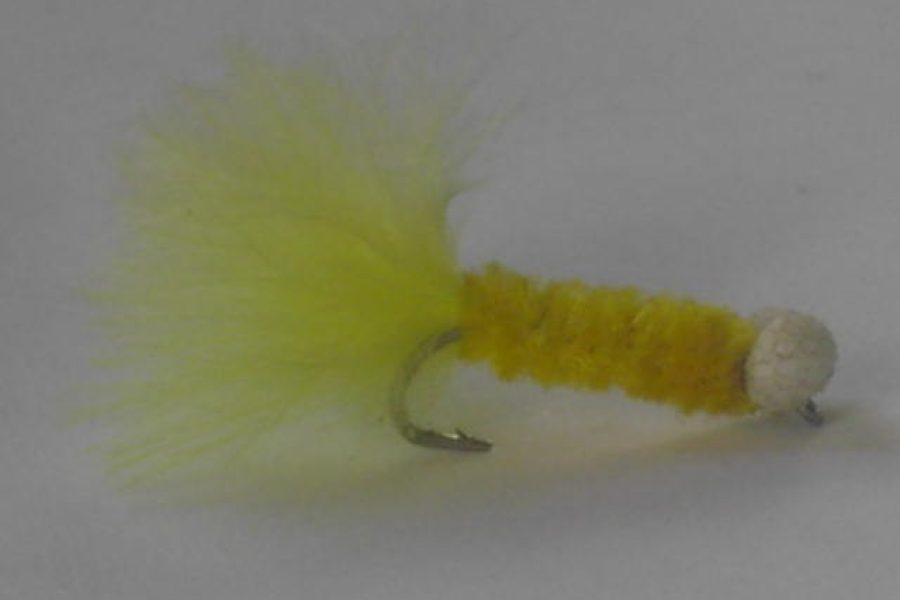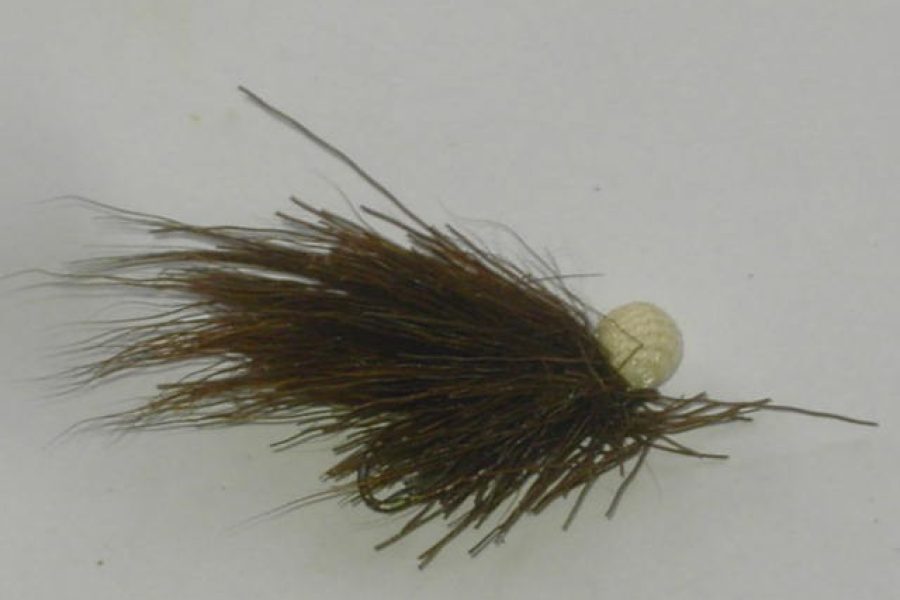Dragon Tail Streamer Fly
Per Dozen $ 7.00
Description
Dragon Tail Streamer Fly : streamer flies for sale
The Dragon Tail Streamer represents a revolutionary advancement in modern streamer design, developed by renowned tarpon guide David Mangum. This innovative pattern combines cutting-edge synthetic materials with traditional streamer design principles to create a highly effective pattern that exhibits incredibly lifelike movement in the water. Originally designed for targeting large tarpon, the pattern has evolved to include variations for multiple species across both fresh and saltwater environments.
Premium Materials and Construction Details
Essential Materials List:
- Hook: Strong saltwater hook (sizes 1/0-4/0) or streamer hook (sizes 2-6)
- Thread: Strong 3/0 or gel-spun thread
- Tail: Dragon Tail material (7-inch length)
- Flash: Flashabou or Krystal Flash
- Body: Cactus Chenille or synthetic dubbing
- Collar: Marabou or synthetic fibers
- Head: Large brush or synthetic materials
- Eyes: 3D or prismatic eyes (optional)
- UV Coating: For enhanced durability
- Wire: For reinforcement (optional)
Material Selection Considerations:
- Hook strength matches target species
- Thread durability ensures pattern integrity
- Tail material quality affects movement
- Flash amount impacts visibility
- Body materials create profile
- Collar materials add movement
- Head construction affects water push
- Eye selection enhances attraction
- Coating type affects durability
- Wire gauge matches hook size
Detailed Tying Instructions
Preparation Steps:
- Select appropriate hook size
- Prepare Dragon Tail material
- Cut flash materials
- Organize body materials
- Prepare collar materials
- Check tools
- Plan proportions
- Review pattern
- Prepare workspace
- Test thread strength
Step-by-Step Tying Sequence:
- Secure hook in vise
- Create thread base
- Attach Dragon Tail
- Add flash materials
- Build body profile
- Apply collar materials
- Form substantial head
- Attach eyes if using
- Build neat head
- Apply UV coating
- Check proportions
- Test movement
Advanced Fishing Techniques
Presentation Methods:
- Strip-pause retrieve
- Long steady strips
- Quick short strips
- Sink and swim
- Figure-eight retrieve
- Dead drift
- Swing presentation
- Deep water tactics
- Surface wake
- Pattern combinations
Water Reading Skills:
- Identify feeding zones
- Recognize structure
- Spot baitfish activity
- Detect predator movement
- Read water clarity
- Locate ambush points
- Find transition zones
- Identify temperature breaks
- Track fish movement
- Monitor conditions
Seasonal Strategies
Spring Tactics:
- Target pre-spawn fish
- Focus on warming water
- Match baitfish size
- Adjust retrieve speed
- Monitor temperatures
- Watch for activity
- Follow fish movement
- Time presentations
- Adapt to conditions
- Match natural movement
Summer Applications:
- Early morning fishing
- Late evening sessions
- Target shade lines
- Focus on structure
- Match daily patterns
- Observe feeding windows
- Adjust to conditions
- Monitor water levels
- Watch temperatures
- Time presentations
Fall Approaches:
- Match baitfish patterns
- Target feeding fish
- Adjust presentation depth
- Watch water conditions
- Monitor temperatures
- Follow movement patterns
- Adapt to weather
- Time efforts effectively
- Match natural movement
- Adjust techniques
Technical Rigging Considerations
Leader Construction:
- Strong fluorocarbon leaders
- Wire bite tippets when needed
- Proper diameter selection
- Breaking strength considerations
- Length adjustments
- Material choices
- Knot selection
- Sink rate control
- Visibility factors
- Setup variations
Terminal Tackle:
- Loop knot connections
- Direct tie methods
- Leader construction
- Line control
- Strike detection
- Depth adjustment
- Pattern spacing
- Drift control
- Presentation angles
- Setup modifications
Habitat-Specific Tactics
Water Types:
- Coastal flats
- Deep channels
- River systems
- Lake structure
- Reef edges
- Mangrove shorelines
- Open water
- Drop-offs
- Current seams
- Tidal zones
Specific Locations:
- Points and cuts
- Channel edges
- Structure breaks
- Depth changes
- Current edges
- Bait schools
- Ambush points
- Feeding zones
- Travel routes
- Staging areas
Advanced Presentation Methods
Traditional Techniques:
- Strip-set hookup
- Line management
- Depth control
- Speed variations
- Direction changes
- Pause timing
- Strike triggers
- Pattern movement
- Retrieve rhythm
- Presentation angles
Modern Adaptations:
- Two-handed retrieves
- Multiple fly rigs
- Sink tip applications
- Structure approaches
- Deep water methods
- Surface presentations
- Current fishing
- Edge water tactics
- Pattern combinations
- Presentation modifications
Pattern Variations
Size Considerations:
- Match forage size
- Consider water depth
- Adapt to conditions
- Account for clarity
- Follow seasonal trends
- Consider target species
- Match preferences
- Adapt to pressure
- Consider current
- Match natural prey
Color Variations:
- Natural baitfish
- Dark patterns
- Light patterns
- Flash enhanced
- UV materials
- Seasonal colors
- Water clarity matches
- Light condition adaptations
- Pressure considerations
- Regional preferences
The Dragon Tail Streamer represents the perfect fusion of modern materials and innovative design. Its carefully selected components and precise construction ensure exceptional performance across various fishing conditions. Whether targeting aggressive predators in fresh or salt water, this pattern provides the perfect tool for successful streamer fishing throughout the season.
Additional information
| Hook size | 10, 12, 14, 6, 8 |
|---|---|
| Hook type | Barbed Hooks, Barbless Hooks |
We're glad you're here. Let us know how we can assist — whether you're looking for barbless flies, bulk orders, or have a custom request. We're ready to help you catch the perfect deal!

